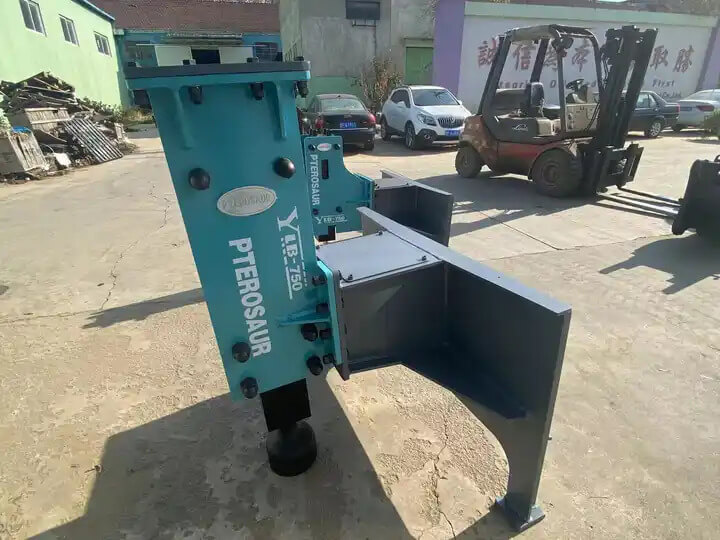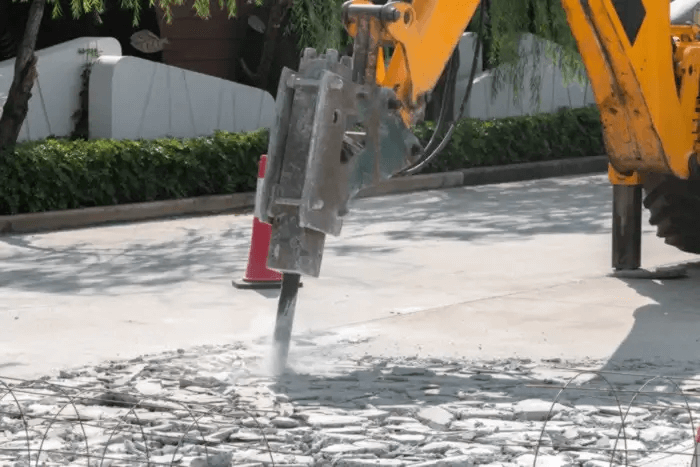Understanding Hydraulic Hammers: Models, Specifications, and Applications
Hydraulic hammers are powerful tools widely used in construction and demolition projects. They serve as essential attachments for excavators and other carriers, providing efficiency and versatility for various applications. In this article, we will explore different hydraulic hammer models, their specifications, and how to choose the right one for your needs.
What is a Hydraulic Hammer?
A hydraulic hammer, also known as a hydraulic breaker, is a heavy-duty tool that utilizes hydraulic power to deliver strong impacts, breaking up concrete, rock, and other materials. These hammers come in various sizes and weights, making them suitable for different types of carriers, from mini-excavators to large excavators.
Key Models and Specifications
1. IMI Hydraulic Hammers
The IMI range includes models like the IMI 140 R, designed for excavators weighing between 20 to 30 tons. These hammers are engineered for high performance and reliability, available in various versions with operational weights ranging from 80 to 3000 KG.
2. Menck Hydraulic Hammers
Menck offers several models, including the MHU series, which features the MHU 195, MHU 220, and MHU 3000. These models vary in energy output, blow rate, and efficiency ratings, catering to specific project requirements and pile sizes.
3. Rammer 999E Heavy Duty Hammer
The 999E model is designed for carriers in the 3.9 to 13-ton range. Its robust housing ensures durability, while its no-tie-rod design allows for quick servicing. This model is ideal for heavy-duty applications and features a twin-handed design for optimal mounting flexibility.
4. HHK S Series
The HHK S series hydraulic impact hammers offer an adjustable stroke of up to 1.5 meters (4.9 feet) and up to 20% more efficiency compared to traditional free-fall hammers of similar weight. This versatility makes them suitable for driving various pile types, including precast concrete, steel tube, and timber piles.
Choosing the Right Hydraulic Hammer
When selecting a hydraulic hammer, consider the following factors:
- Carrier Compatibility: Ensure the hammer’s weight is compatible with the carrier’s working weight to maintain stability during operation.
- Hydraulic Flow and Pressure: Different carriers have varying hydraulic flow rates. It is crucial to match the hammer’s requirements with the carrier’s specifications.
- Application Needs: Determine the specific materials and project requirements to choose a hammer that delivers the required energy output and efficiency.
Conclusion
Hydraulic hammers are indispensable tools in modern construction and demolition, offering powerful solutions for breaking and driving tasks. Understanding the various models, specifications, and their suitability for different applications will help you make informed decisions when selecting the right hydraulic hammer for your projects. Whether you opt for the IMI series, Menck models, or the Rammer 999E, each choice brings unique benefits tailored to your operational needs.




































